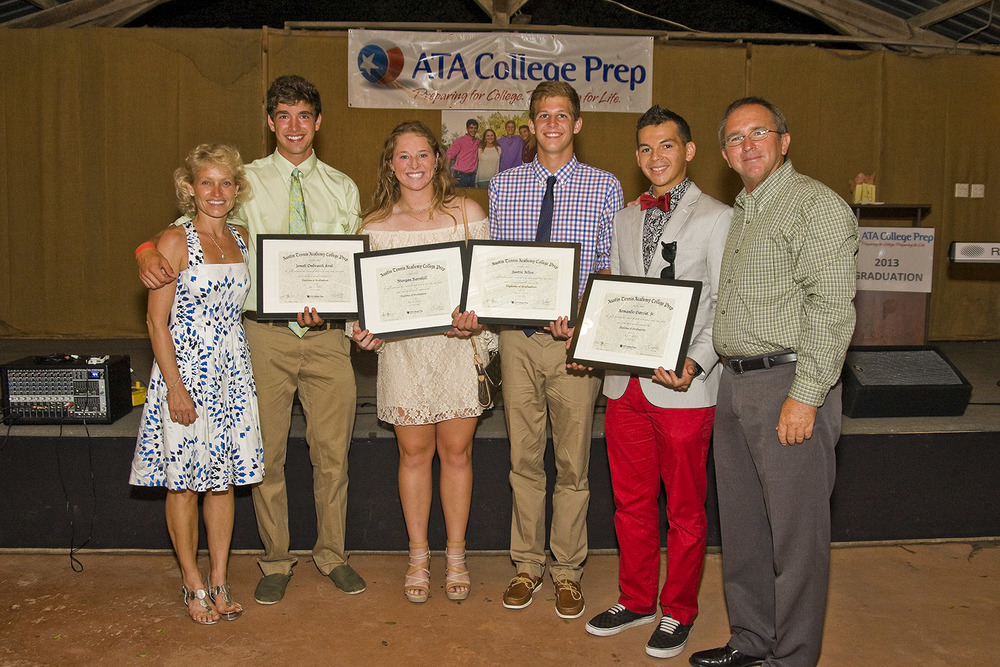Bucket List
Recently, we were discussing the definition of ‘bucket list’… one student said, “it’s the things you want to do before you die.” True. But It is also the list of things I want to accomplish while I am living. For me, being a few years older, there is a subtle, but ominous, difference.
I spent a few days in Washington DC at the Advanc-Ed National Summit. It is the organization that accredits ATA CP. During that time, I crossed off a few bucket list items. In awe, I visited every national monument in DC; I stood before our great documents in the National Archives; I sat in wonder as I contemplated great thinkers and the Great Architects that founded this country, and built beautiful structures as tributes. “Amazing places in DC”, check. Another bucket list item was meeting education icon, Sir Ken Robinson. I have been a fan for about 5 years. I have read his books and viewed his TedTalks. He is an inspiration to the shift in the education paradigm. If you have ever been trapped in a conversation about education with me, you have probably heard a few Sir Ken quotes (paraphrased of course). He, too, speaks of inspiring children instead of training them. And individualizing creative programming instead of continuing the assembly line mentality. “Sir Ken”, check.
After being inspired by Sir Ken, I found it quite interesting that everyone’s discussions during the summit meetings claimed to aspire to the same goals: 1) we must prepare students to perform in the new landscape, both academically and socially; 2) we must raise standards (well, of course, that IS better than lowering them); 3) we must give our children a sense of purpose; and 4) we must give them the necessary tools to survive in the work world.
Yet, the questions asked are for a future that is yet unknown. So how does our current education system provide this through a systematic approach? It doesn’t. It is a system that was based on antiquity and the industrial age. It does not aspire to the attributes of the future. So what does inspire the learners of today for the future? “Finding the question”, check.
We must begin to realize that our children are the ones with the answers to the future and the ones who will be implementing them. The best possible thing that we – as parents, teacher, mentors, or coaches – can do is to give our children the opportunities and the support needed to raise them higher than they could go if they were alone or without the means. We must also inspire them to learn as much as possible every day through our own modeling and by encouraging and honoring their ideas. “Revealing an answer”, check.
It is really an awesome privilege to raise a child, to be part of the future through the legacy of thought we leave with them. It is also an awesome responsibility to practice wisdom, patience, awareness, and faith that the acts of supporting, loving and honoring are the most important gifts we can give… to our children and to ourselves.
The top item on my bucket list? As a small drop in the bucket, I aspire to inspire the greatness of those that have come close to me to live and learn. Check.
What tops your bucket list?
~Carol


